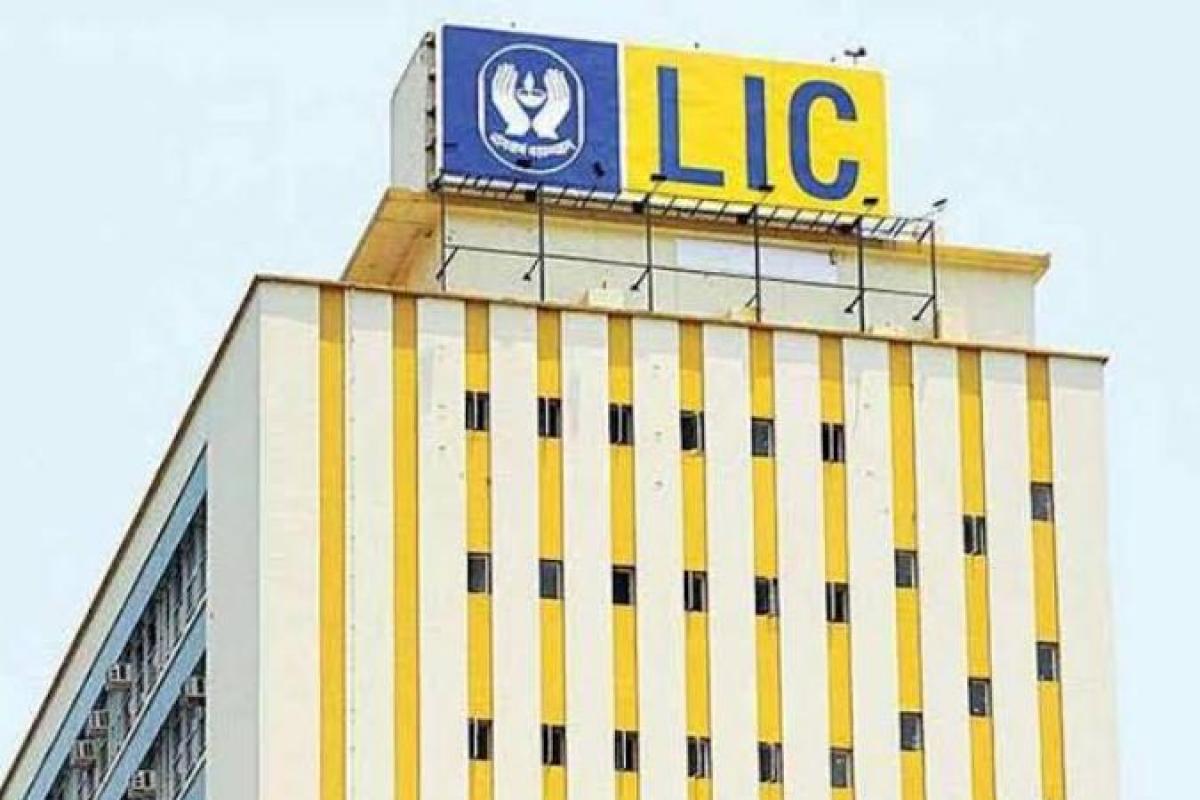LIC IPO subscribed 1.02 times, policyholders’ quota over 3 times
The initial public offering of insurance major Life Insurance Corporation of India has been subscribed 1.02 times on the second day of the issue.
“We expect post-IPO improvements in LIC’s operating performance and profitability to drive comparable changes across the wider life insurance sector.”

Photo SNS
As a listed company, LIC will face more demanding disclosure requirements, resulting in increased transparency over its operations, and encouraging it to prioritize profitable underwriting and risk management, Moody’s Investor Service said.
It will, in turn, boost its capacity to generate and grow capital internally.
Advertisement
“We see the arrival of external shareholders with experience in the insurance industry as a further key benefit of the IPO. We believe the presence of foreign stakeholders will bring particular benefits in the areas of capital adequacy, financial flexibility and governance standards, enhancing LIC’s credit profile,” Moody’s said.
Advertisement
Additionally, their influence could aid operational and distribution efficiencies.
While LIC complies with the Insurance Regulatory and Development Authority of India’s (IRDAI’s) solvency requirements, its capital adequacy is weaker than that of global life insurance peers, it said.
“We expect post-IPO improvements in LIC’s operating performance and profitability to drive comparable changes across the wider life insurance sector.”
This is because as India’s dominant life insurer, LIC often sets the trend for pricing and policy terms.
India’s privately owned insurers have already been preparing for the prospect of future profitable growth opportunities, as premium growth continues alongside the government reforms of state-owned insurers.
“In FY 2020, four of the 24 life insurers raised capital, and we expect more such transactions, as well as more M&A deals and IPOs. These will improve the Indian insurance sector’s capital adequacy and financial flexibility in the months ahead.”
It also expects foreign insurers to continue investing in India’s private insurers where the 49 per cent foreign direct investment limit is much higher than the 20 per cent allowed in LIC.
Many global companies already present in India through joint ventures may increase their ownership stakes in their local affiliates, it added.
Advertisement